Updated Information
Categories
Popular

How to Buy Real Estate in Japan as a Foreigner: A Complete Step-by-Step Guide
Property Knowledge
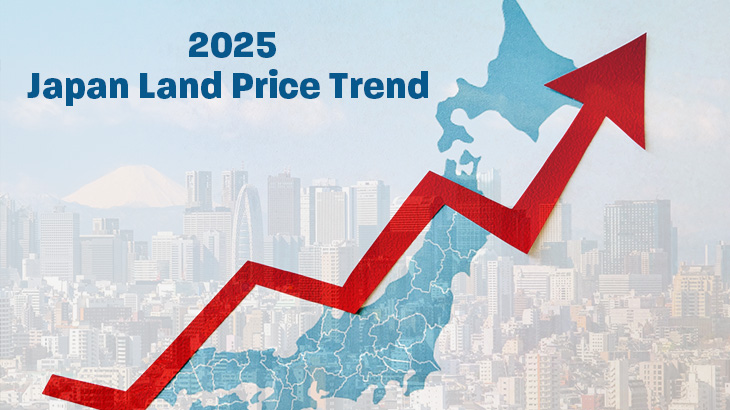
【Updated data in 2025】Japan’s Land Prices Continue to Surge, with Tokyo’s 23 Wards Leading the Growth
Market Information

Essential Knowledge for Property Investment in Japan (Part 1): Understanding Japan’s Earthquake Resistance Standards
Property Knowledge
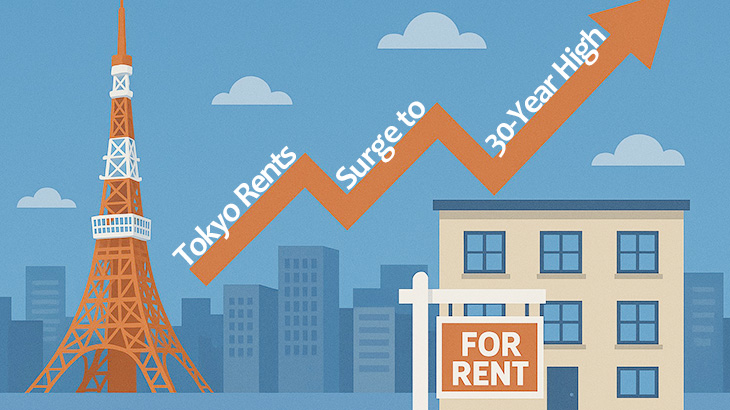
Tokyo Rents Surge to 30-Year High: Why This Rising Trend Signals a Prime Investment Opportunity in the Property Market?
Market Information

Unlock the Potential of Chiba Prefecture: A Unique Investment in Japan’s Booming Nature Tourism Industry
Others
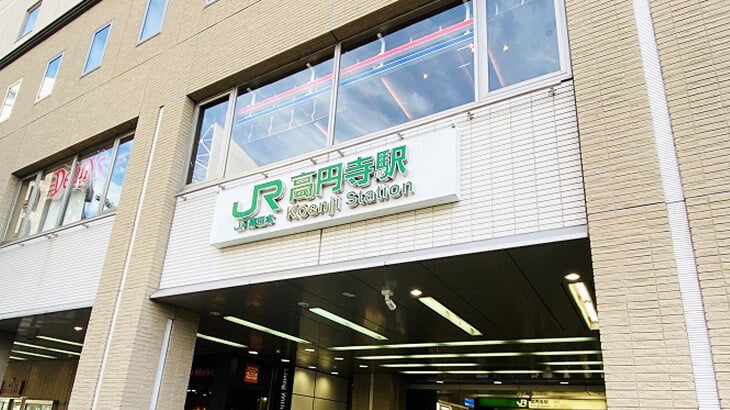
Exploring Koenji: A Harmonious Blend of City Convenience and Creative Culture
Exploring Tokyo
Tokyo Rents Surge to 30-Year High: Why This Rising Trend Signals a Prime Investment Opportunity in the Property Market?
In a significant market shift not seen in over three decades, residential rental prices in Tokyo’s 23 wards are rising at the fastest pace since October 1994. According to March 2025 Consumer Price Index (CPI) data released by the Ministry of Internal Affairs and Communications, private rental housing costs increased by 1.1% year-on-year — marking the sharpest growth in 30 years and five months.
For decades, rent has remained relatively flat, becoming a “constant” data in the CPI. However, as Japan’s economy rapidly changes under inflationary pressures, this phenomenon is undergoing significant transformation. Experts reminded that rising rent burdens may shrink disposable incomes and dampen consumer spending — a vital driver of Japan’s economy.

The Shift in Housing Preferences Amid Rising Rent Prices
Many students and recent graduates relocating to Tokyo this spring have found it increasingly difficult to secure affordable housing near central university campuses such as those in Bunkyo Ward. Rental prices in these areas have become prohibitively high, prompting many to look farther afield in more affordable wards like Adachi Ward. For example, studio apartments of around 20 square meters near the Hongo area in Bunkyo Ward are now commonly listed at approximately ¥140,000 per month — an increase of ¥10,000 to ¥20,000 compared to five years ago.
The rise in rental prices is not confined to Tokyo alone. Major urban centers across Japan are experiencing similar upward trends. According to the nationwide Consumer Price Index (CPI) for March 2025, residential rents increased by 0.4% year-on-year — marking the 20th consecutive month of growth since June 2023.
Key Drivers Behind Tokyo’s Rising Rent Prices
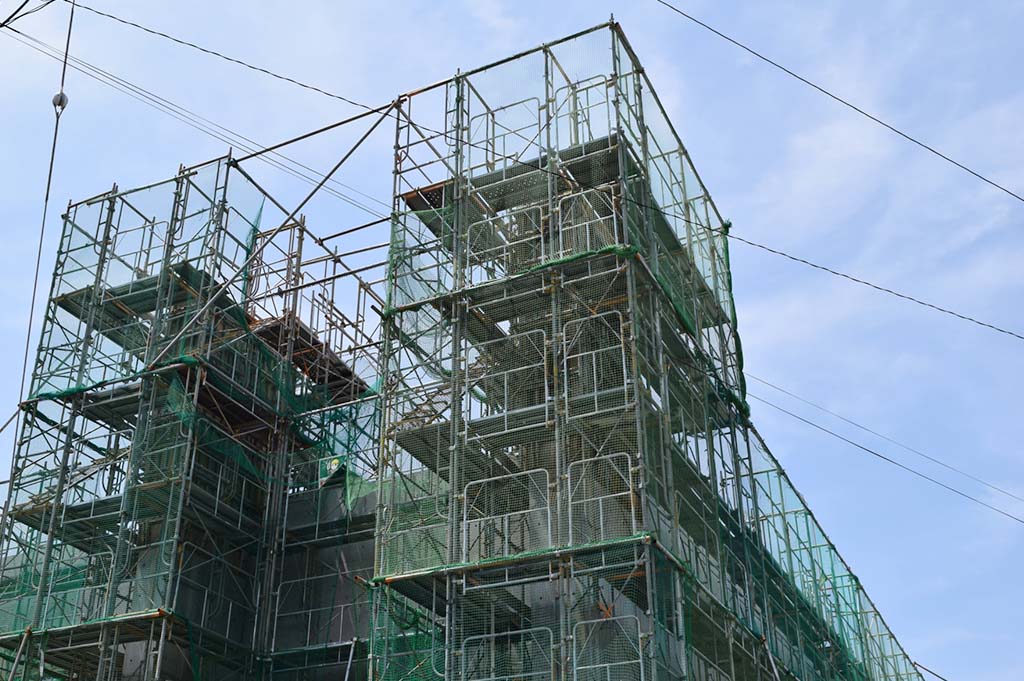
Multiple factors are contributing to the ongoing rise in rental prices. Newly built properties are commanding higher rents, driven by surging construction costs and rising loan interest rates. At the same time, landlords of existing properties are increasingly passing on elevated operating expenses, such as electricity for common areas and renovation costs, to tenants.
The impact is especially evident in family-oriented rental units, which are being influenced by the sharp rise in condominium prices. According to data from fiscal year 2024, the average sales price of newly built condominiums in the Tokyo metropolitan area (Tokyo, Kanagawa, Saitama, and Chiba Prefecture) reached an all-time high of ¥81.35 million, a 7.5% increase from the previous year. In Tokyo’s 23 wards, the average price jumped 11.2% to a staggering ¥116.32 million, marking the second year in a row that the average exceeded ¥100 million.
As home-ownership becomes increasingly out of reach for many households, more people are choosing to rent instead which further increasing demand and putting additional upward pressure on rental prices.
Rising Rents Reflect a Thriving Property Market
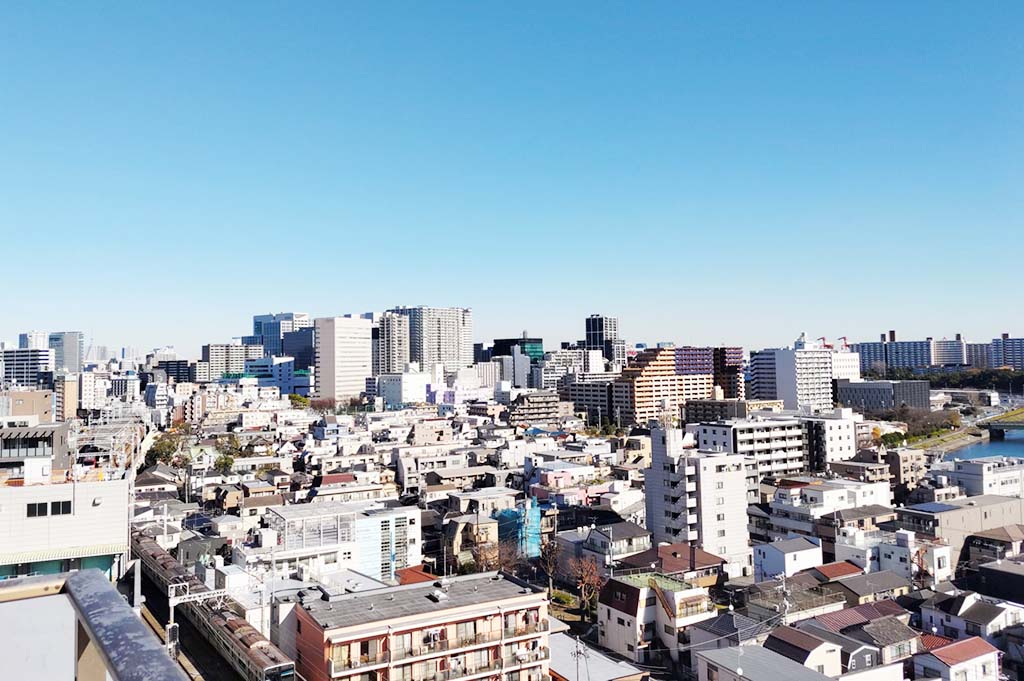
Property owners are already responding to the upward trend in rents, with many increases in initiating across a broad range of rental units. A significant number of tenants have reportedly accepted these adjustments, reflecting a general acknowledgment of changing market conditions. Some view rent hikes in line with inflation as a sign of a stable and functioning market.
However, this development also raises concerns. Rent accounts for a substantial portion of household expenses, and unlike discretionary spending on food or entertainment, it is not easily reduced. As a result, rising rents may place greater financial strain on households.
Market observers suggested that rental prices in urban centers are likely to continue rising, potentially further suppressing consumer spending and putting pressure on overall economic activity.
Investment Insight: Rising Rents and Stronger Yield Potential
While rising rents put additional financial strain on tenants, they also offer compelling opportunities for real estate investors—particularly those looking to enter the Tokyo property market. The current market dynamics are attracting a growing number of both domestic and international investors, creating a unique window of opportunity.

Why This Trend Represents a Golden Investment Opportunity:
- Improving Rental Yields: With rents on the rise and property prices stabilizing in select areas, the gross rental yield has become increasingly attractive, especially for small- to mid-sized units in well-connected neighborhoods. This trend offers enhanced potential for strong returns, particularly in areas where demand remains robust.
- High Occupancy Rates: Demand remains strong, especially for one-room apartments popular among students, recent graduates, and foreign residents. Tokyo continues to maintain one of the lowest vacancy rates in Asia, offering investors stable and consistent rental income. The combination of high demand and low vacancy rates further reinforces the reliability and stability of rental returns.
- Tokyo as a Safe Haven: Japan’s legal and financial transparency, coupled with Tokyo’s resilience and stable economy, make the city an appealing destination for global investors, especially in the face of geopolitical uncertainty in other regions. With a solid legal framework and a stable political environment, Tokyo stands as a top choice for investors seeking security and long-term value.
- Foreign Investor Momentum: The weak yen and rising rental returns are attracting more foreign investors, particularly from Asia and Europe. These investors are eager to acquire long-term income-generating assets in Tokyo, taking advantage of favorable exchange rates and high-yield opportunities. As Japan remains a key global investment hub, the city’s real estate market continues to draw international interest.
- Domestic Investor Interest: Rising rents and steady returns are also drawing Japanese investors who are seeking better alternatives in the face of limited domestic investment opportunities. As more individuals and institutions turn their attention to the property market, local investment is on the rise, further fueling the market’s dynamism.
While premium districts like Minato Ward, Shibuya Ward, and Chiyoda Ward are renowned for their prestige and capital appreciation potential, emerging neighborhoods such as Kita Ward, Arakawa Ward, and Ota Ward offer lower entry costs and higher rental yields. These areas present an excellent opportunity for those seeking affordable investments with strong returns and reduced entry barriers.
To Conclude
With the rental market continuing to heat up and strong investor interest from both Japan and abroad, now is an ideal time to enter the Tokyo property market. The combination of rising rents, stable property prices, and high investor confidence makes Tokyo an attractive investment destination. For overseas investors, current market conditions are particularly favorable. The weak yen enhances affordability, offering a compelling entry point into the Tokyo real estate market. In addition, rising rental yields present the potential for strong long-term returns. With strategic planning and a long-term outlook, investing in Tokyo real estate can offer not only steady cash flow but also significant capital appreciation as the market continues to evolve.
If you would like to find investment property in Japan, please click here.
・Recommended Articles

Market Information2025.3.21
【Updated data in 2025】Japan’s Land Prices Continue to Surge, with Tokyo’s 23 Wards Leading the Growth
Land prices in Japan, particularly in Tokyo’s 23 wards, have experienced significant increases in recent […]
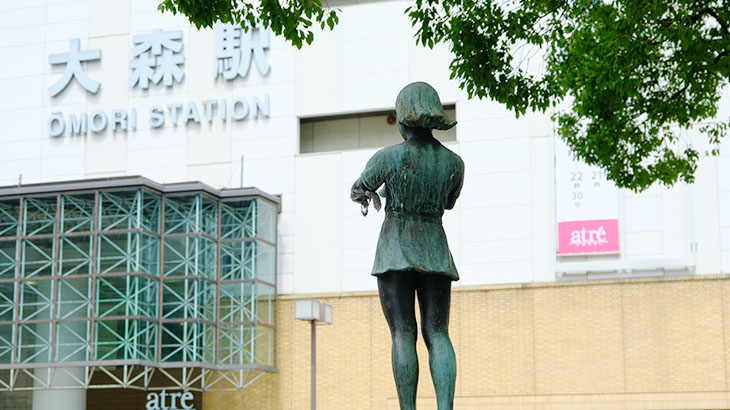
Exploring Tokyo2025.3.27
Unlimited Potential and Dual Opportunities: Discover Omori’s Lifestyle and Investment Prospects (Part 1) – Omori: A Hub for Living, Leisure, and Investment Opportunities
If you are looking for a Tokyo neighborhood that offers both exceptional living convenience and solid investme […]
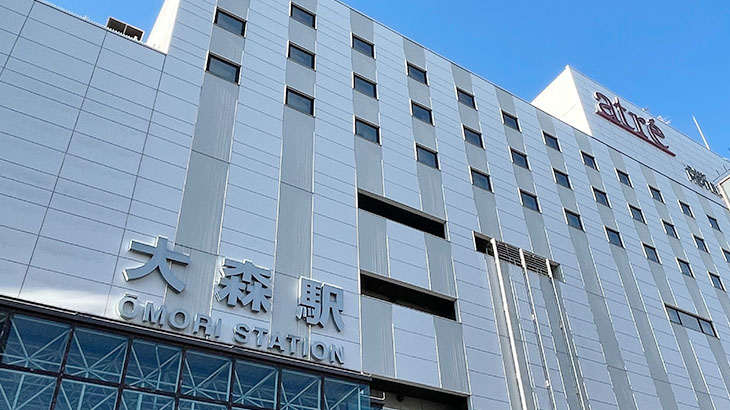
Exploring Tokyo2025.4.11
Endless Potential and Dual Opportunities: Discovering the Living and Investment Potential of Omori area (Part 2) – Discovering the Cultural Charm and Investment Potential of Omori Area
If you are in search of a Tokyo district that seamlessly combines convenience with investment potential, the O […]

Others2025.3.7
Unlock the Potential of Chiba Prefecture: A Unique Investment in Japan’s Booming Nature Tourism Industry
Discover the untapped potential of Futtsu City in Chiba Prefecture, a hidden gem just outside Tokyo, where its […]
Subscribe for Latest Property News
Don’t miss out! Subscribe now to stay tuned to the latest trends, news, and listings in Japan’s real estate market.



